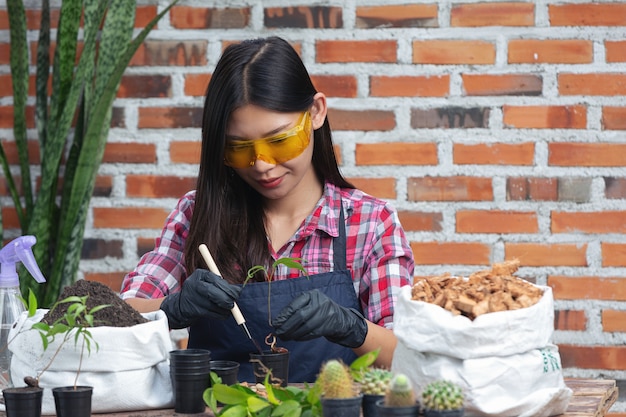
Image source: Freepik
Are you eager to start your own garden but unsure which tools you need? In many Philippine communities, including those thoughtfully designed by Camella Homes with their integrated green spaces, gardening has become increasingly popular as people seek to connect with nature and grow their own food.
Here are the top 10 essential tools every beginner gardener in the Philippines should have, helping you create a thriving garden without unnecessary expense or complexity.
1. Hand Trowel
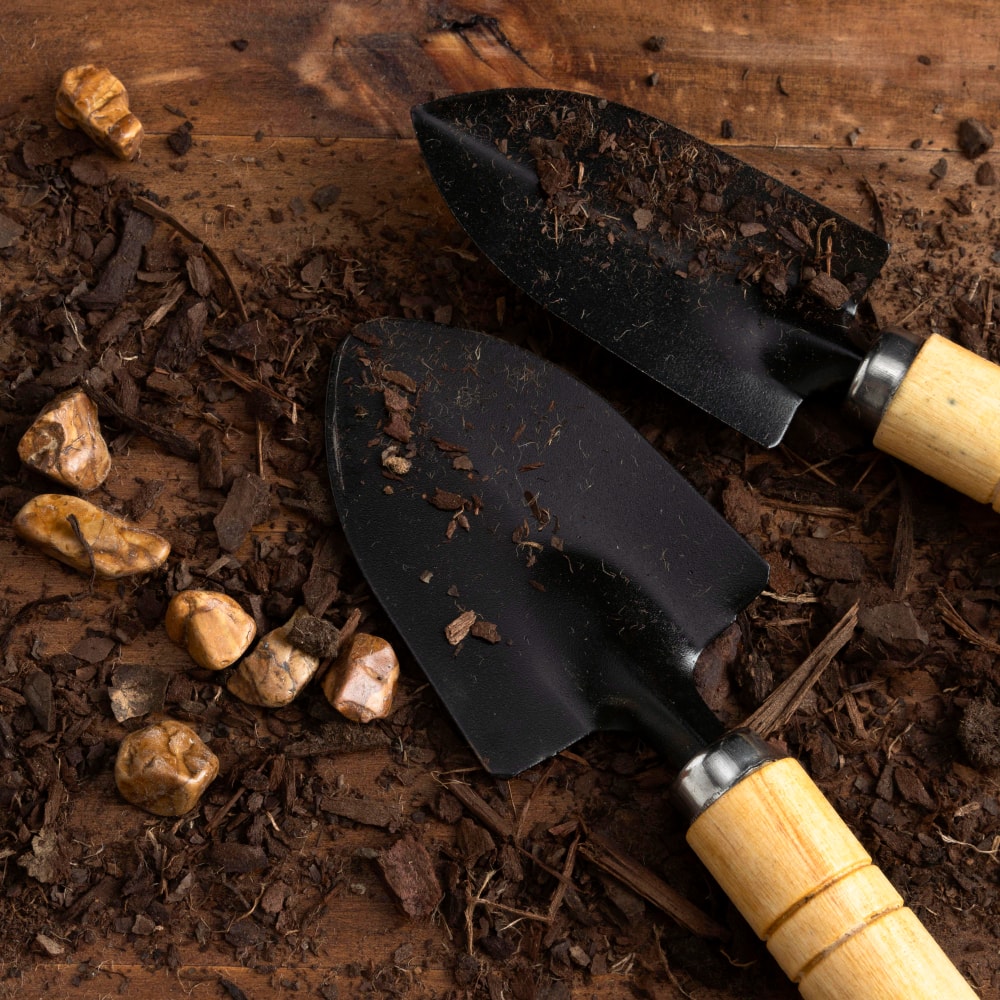
A hand trowel is often considered the most essential tool for any gardener, especially beginners. This small, handheld tool with a pointed blade is perfect for digging small holes, transplanting seedlings, and working in confined spaces like containers or small garden beds.
When shopping for gardening tools, look for a hand trowel with a comfortable grip and a sturdy, one-piece construction.
Stainless steel options resist rust in the humid Philippine climate, while those with measurement markings help ensure proper planting depth for seeds and bulbs.
Best for
Transplanting seedlings, planting bulbs, removing weeds, container gardening, and working in tight spaces between plants.
Maintenance tip
Rinse after use and occasionally apply light oil to prevent rust, especially important in the humid Philippine climate.
2. Pruning Shears
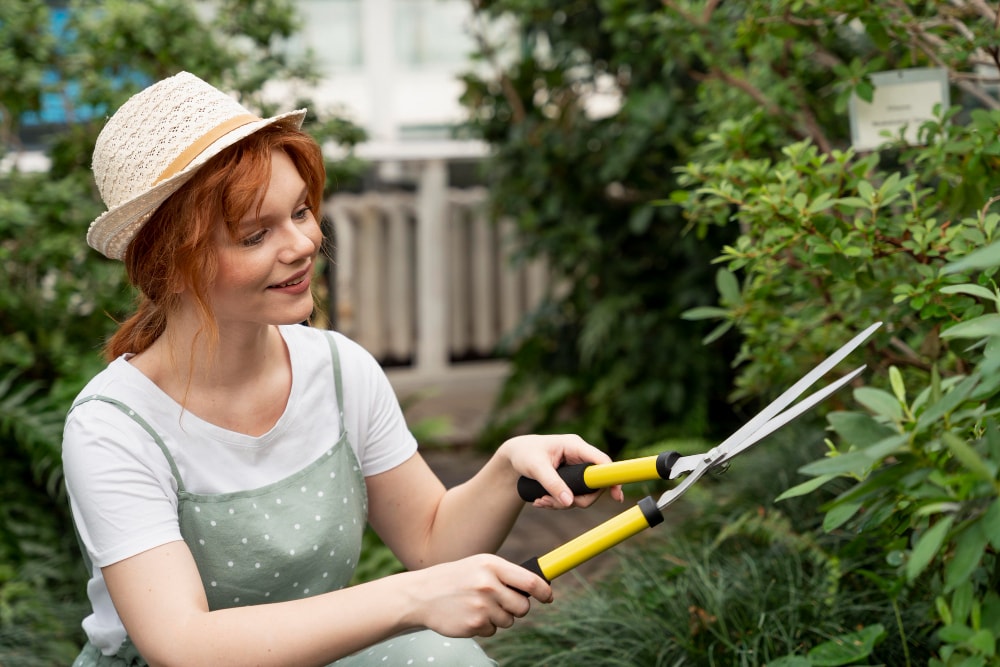
Quality pruning shears (also called hand pruners) are indispensable for maintaining healthy plants.
With a sharp blade designed for precise cutting, pruning shears allow you to trim away dead branches, shape plants, and harvest produce without damaging the main plant. Choose pruning shears with a comfortable grip and a locking mechanism for safety when not in use.
There are two main types to consider:
Bypass pruners
With a sharp blade that cuts against a flat surface, these are ideal for live stems and delicate plants
Anvil pruners
These have a straight blade that cuts against a flat anvil and work well for dead wood and tougher stems
Best for
Deadheading flowers, harvesting vegetables, trimming small branches, and shaping shrubs.
Maintenance tip
Keep the blade sharp and clean. Wipe with alcohol after each use to prevent spreading plant diseases.
3. Garden Fork
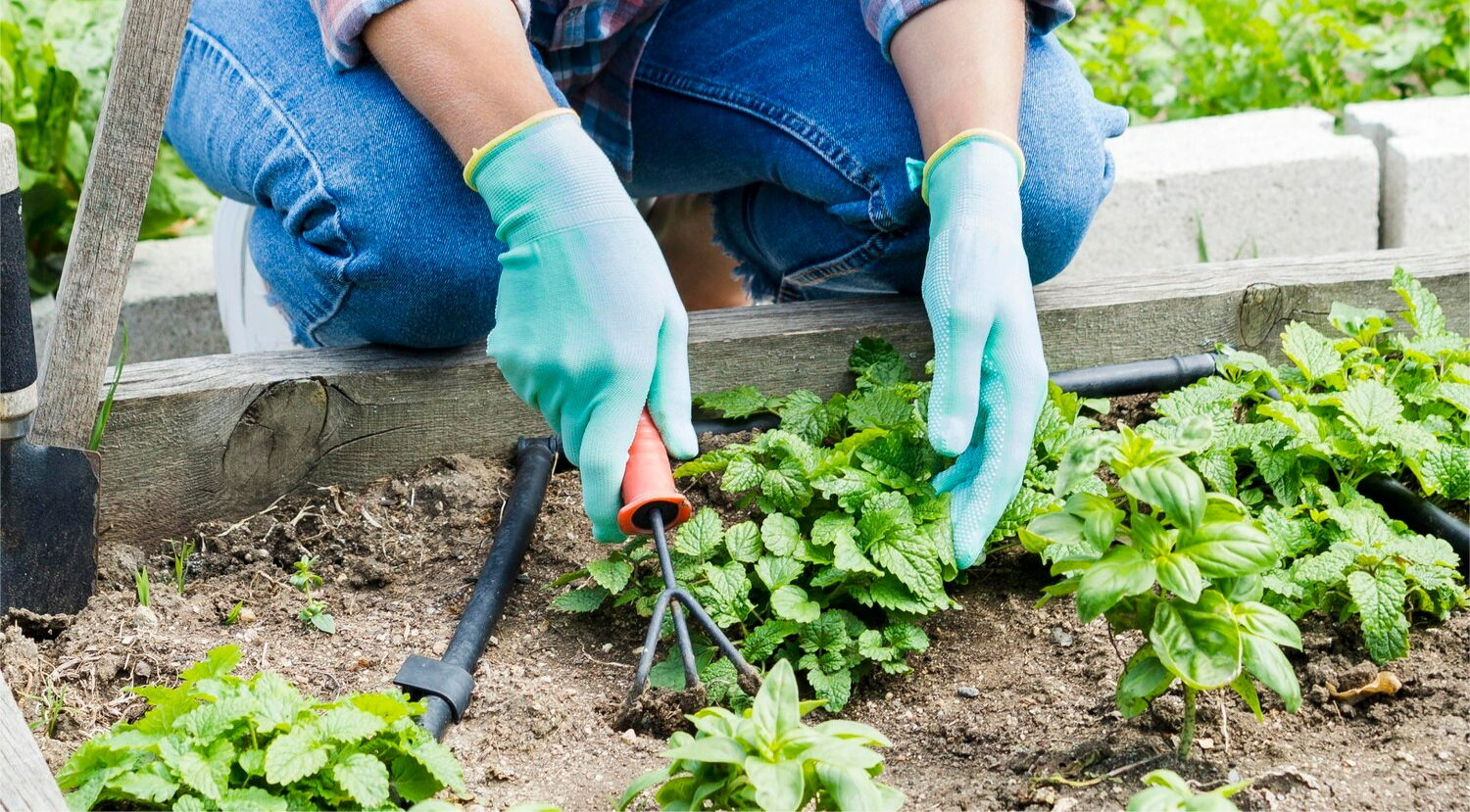
A garden fork with strong steel tines is particularly valuable in many Philippine regions where clay soil is common. The sturdy tines can break up compacted soil, improve aeration, and turn compost more effectively than a spade alone.
When choosing a garden fork, look for one with square tines rather than flat ones, as they’re stronger and better for heavy work.
A fork with four tines spaced slightly apart provides the best balance between strength and soil penetration.
Best for
Breaking up clay soil, turning compost, lifting root vegetables, and aerating soil in garden beds.
Maintenance tip
Rinse soil from the tines after use and store in a dry place to prevent rust. Apply linseed oil to wooden handles occasionally to prevent splitting in a humid climate.
4. Watering Can and Watering Wand
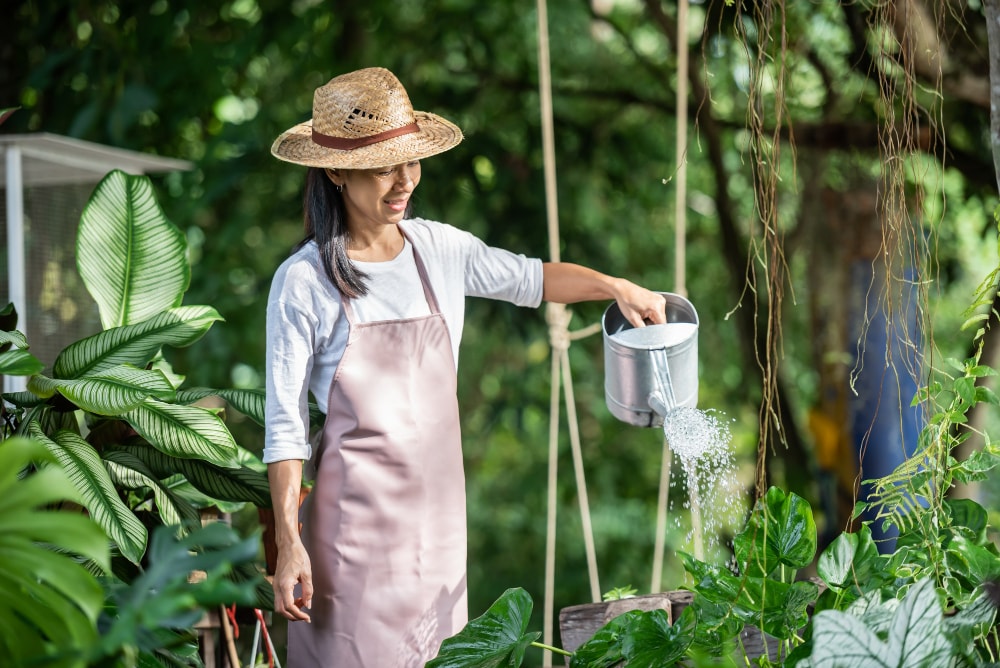
Proper watering is crucial in the Philippine climate, where dry seasons can be harsh on plants.
A good watering can with a rose attachment (the perforated end that creates a gentle shower) allows for controlled watering of seedlings and delicate plants without washing away soil or damaging tender stems.
For larger gardens, a watering wand attached to a garden hose provides extended reach and gentle watering for hanging baskets and tall plants. Look for a watering wand with multiple spray patterns to address different watering needs.
Best for
Watering seedlings, container plants, hanging baskets, and delicate flowers that need gentle watering.
Maintenance tip
Empty completely after use to prevent algae growth and rinse occasionally with a mild bleach solution to prevent clogging of the rose attachment.
5. Garden Hose
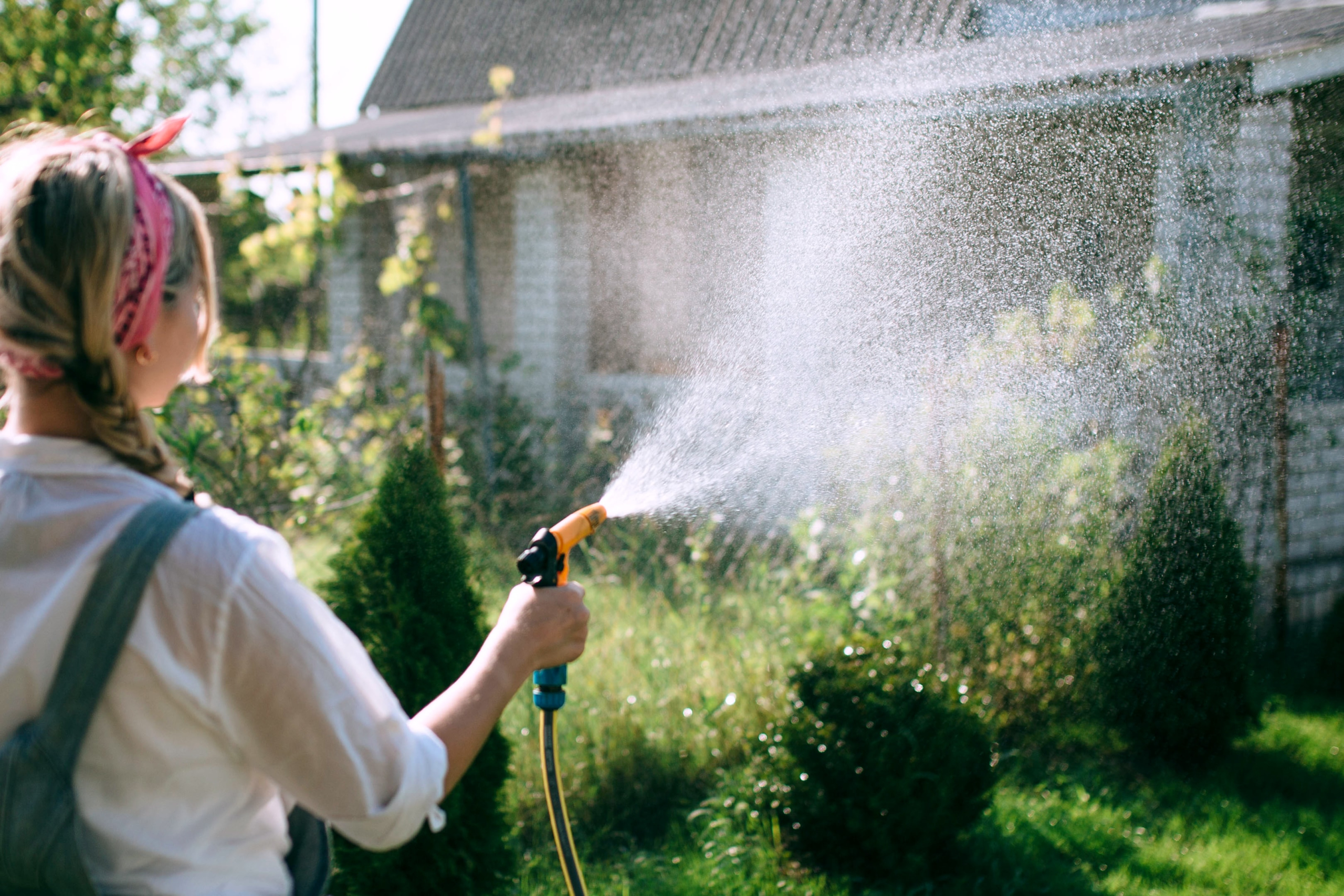
While a watering can is perfect for small spaces, a quality garden hose is essential for larger garden areas. In the Philippines, where the dry season can be particularly challenging for gardeners, efficient watering is crucial for garden success.
Look for a hose that’s long enough to reach all areas of your garden but not so long that it becomes unwieldy.
Reinforced rubber hoses tend to last longer in the Philippine sun than vinyl ones. Consider adding a spray nozzle with multiple settings for different watering needs.
For water conservation, soaker hoses are an excellent option. These porous hoses release water slowly at the soil level, reducing evaporation and delivering moisture directly to plant roots.
Best for
Watering larger garden areas, lawns, trees, and shrubs.
Maintenance tip
Drain completely and coil properly after use. Store out of direct sunlight to extend the life of the hose. During the dry season, check for leaks regularly.
6. Leaf Rake
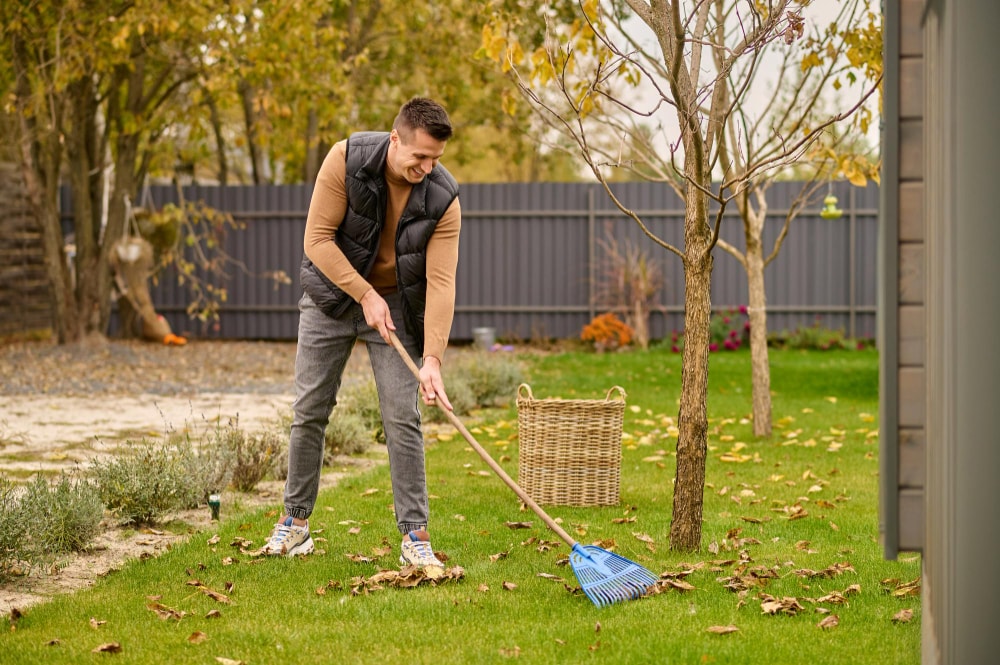
A leaf rake with flexible tines is invaluable for collecting fallen leaves and garden debris. Unlike heavier garden rakes, leaf rakes are designed with spring tines that gently gather material from the soil surface without digging into it.
In Philippine gardens, where tropical plants can create significant leaf litter, a good leaf rake helps maintain garden tidiness and collect organic material for composting.
Choose one with a comfortable handle length for your height and durable, flexible tines.
Best for
Gathering fallen leaves, removing debris from lawns, and lightly smoothing soil surfaces.
Maintenance tip
Rinse after use and hang for storage rather than leaving it with the tines pressed against the ground, which can cause them to bend permanently.
7. Garden Gloves
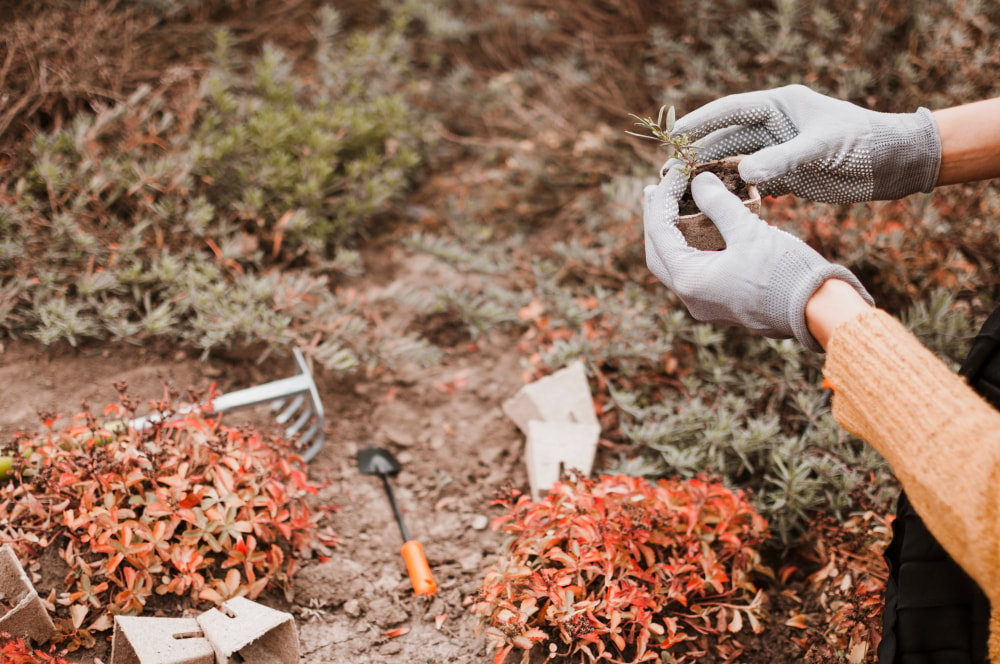
While not a tool in the traditional sense, quality garden gloves are essential equipment for any gardener in the Philippines. They protect your hands from thorns, splinters, blisters, and potentially harmful soil organisms.
Look for gloves that fit well and are appropriate for the task. Cloth gloves with nitrile or latex coating on the palms and fingers provide a good grip while allowing dexterity for detailed work.
For thorny plants or rough tasks, leather gloves offer better protection.
Best for
All gardening tasks, especially those involving thorny plants, rough materials, or extended digging.
Maintenance tip
Rinse dirty gloves and allow them to dry completely before storing to prevent mold growth, which can happen quickly in the humid Philippine climate.
8. Garden Spade: For Serious Digging and Edging
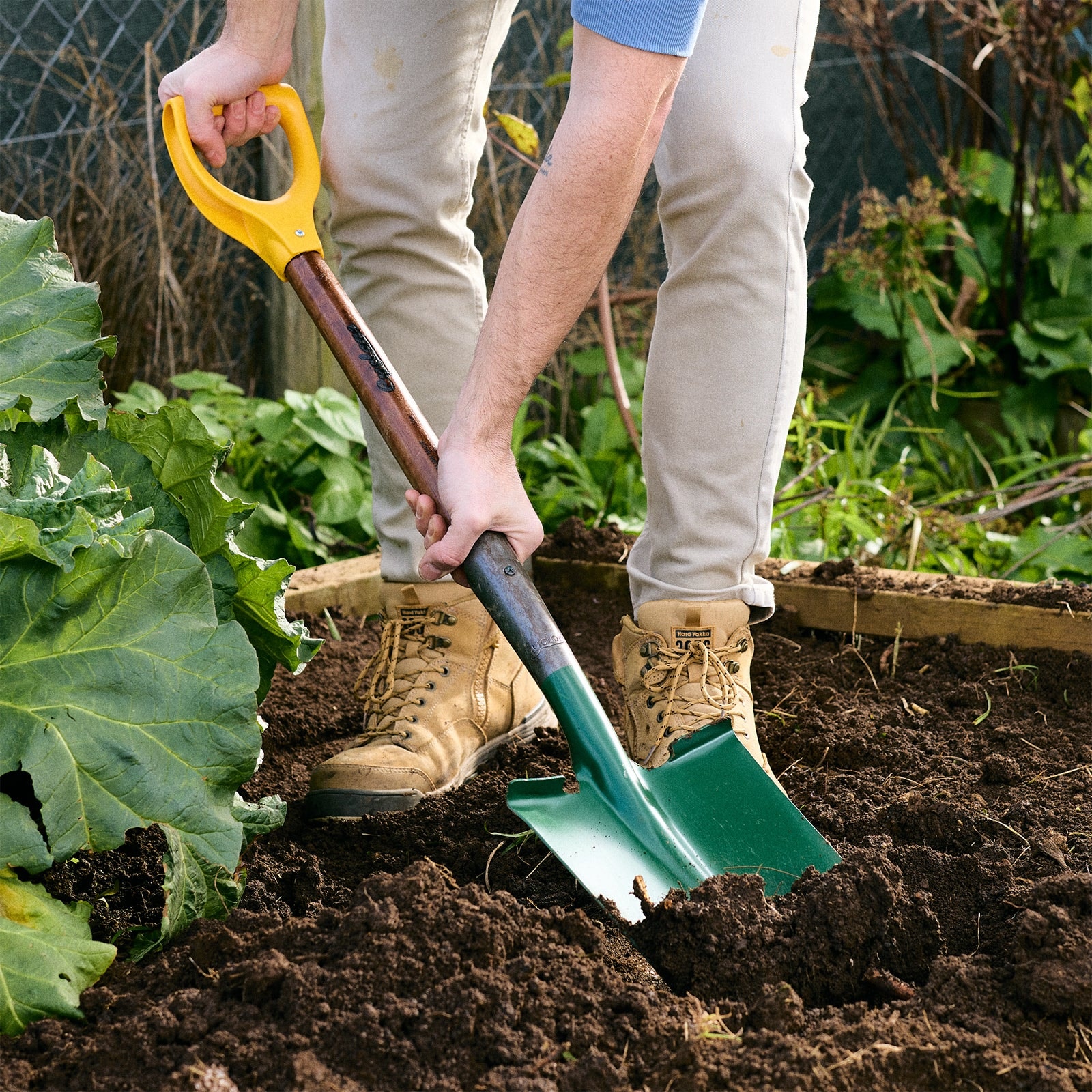
Image source: https://cyclone.com.au/products/garden-spade#gallery-7
A garden spade with a flat, straight blade is essential for digging holes, edging garden beds, and moving soil.
Unlike a shovel, which has a curved blade designed for scooping, a spade’s straight edge is perfect for creating clean edges and digging precise holes.
In the Philippines, where creating raised beds and garden rows is often recommended to improve drainage during the rainy season, a good spade is invaluable. Look for one with a comfortable D-shaped handle and a durable blade with a sharp edge.
Best for
Digging planting holes, edging garden beds, dividing perennials, and creating trenches for drainage.
Maintenance tip
Clean soil from the blade after use, occasionally sharpen the edge, and apply linseed oil to wooden handles to prevent splitting in the humid climate.
9. Hand Rake: Perfect for Detail Work
A hand rake (also called a cultivator) is essentially a miniature version of a garden rake, designed for detail work in garden beds.
With three or four short tines, it’s perfect for loosening soil around plants, removing small weeds, and incorporating amendments into the soil surface.
This versatile tool is particularly useful in container gardens and raised beds, which are popular in Philippine urban settings where space is limited.
Look for a hand rake with a comfortable grip and sturdy tines that won’t bend under pressure.
Best for
Loosening soil in small areas, removing weeds between plants, and incorporating fertilizer around established plants.
Maintenance tip
Rinse after use and occasionally apply light oil to prevent rust, especially important in the humid Philippine climate.
10. Wheelbarrow or Garden Cart: Save Your Back
For larger gardens, a wheelbarrow or garden cart is essential for transporting soil, compost, plants, and garden waste. In the Philippines, where the rainy season can make garden paths muddy, a good wheelbarrow with a pneumatic tire provides better maneuverability than plastic wheels.
If space is limited, consider a collapsible garden cart that can be stored flat when not in use. For most home gardeners, a medium-sized wheelbarrow with a capacity of about 85 liters (3 cubic feet) offers a good balance between capacity and maneuverability.
Best for
Moving soil, compost, mulch, plants, and garden waste; transporting tools around larger gardens.
Maintenance tip
Rinse after use, especially after transporting soil or compost. Occasionally oil the wheel axle and check tire pressure for pneumatic wheels.
Building Your Garden Tool Collection
Starting with these 10 essential gardening tools, beginners need will set you up for gardening success without overwhelming you with equipment.
Remember that quality matters—well-made basic tools will last longer and perform better than cheaper alternatives that may need frequent replacement.
As your confidence and garden grow, you might want to add more specialized tools to your collection.
But these ten essentials will serve you well for years to come, helping you create and maintain a beautiful, productive garden in the unique growing conditions of the Philippines.
Happy gardening!

Celebrate Life’s Milestones in Camella!
House and Lot & Condominium for Sale in the Philippines


